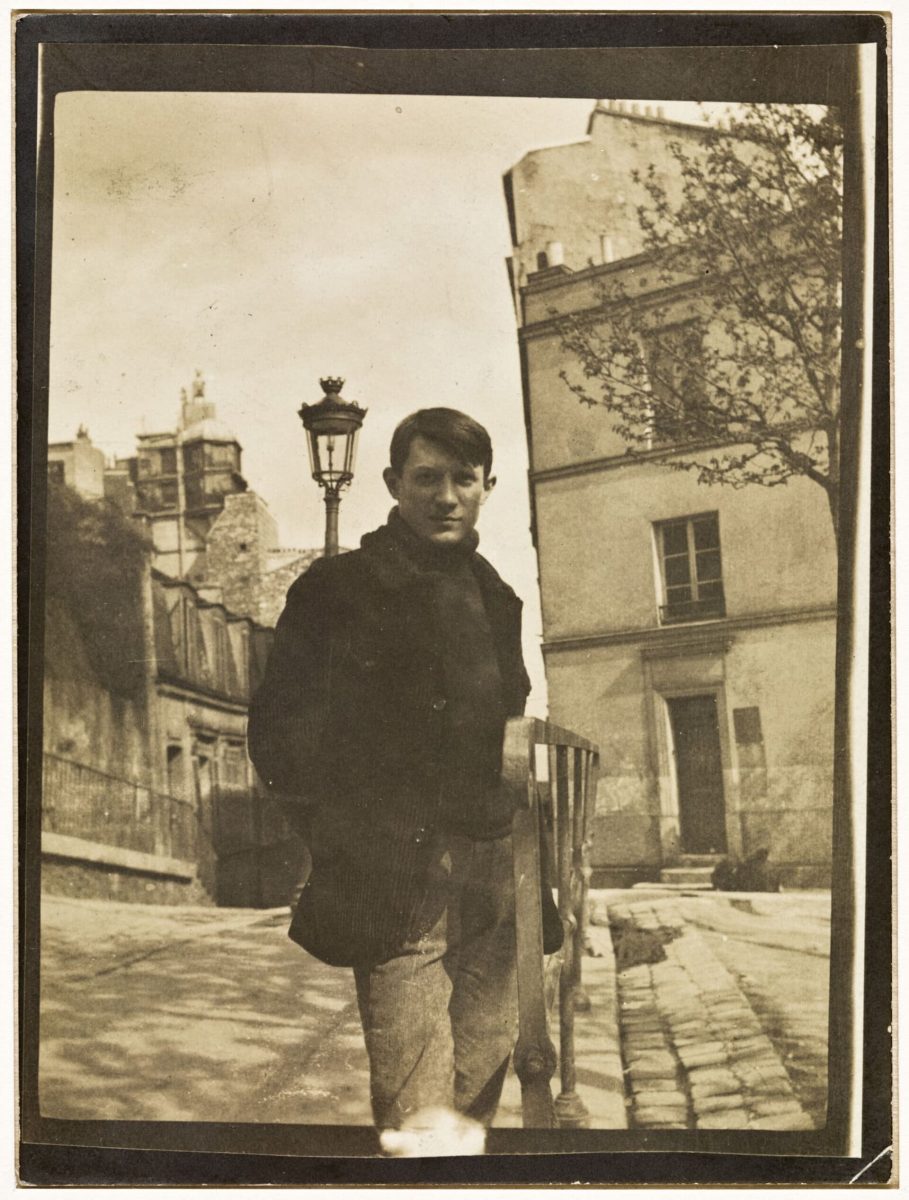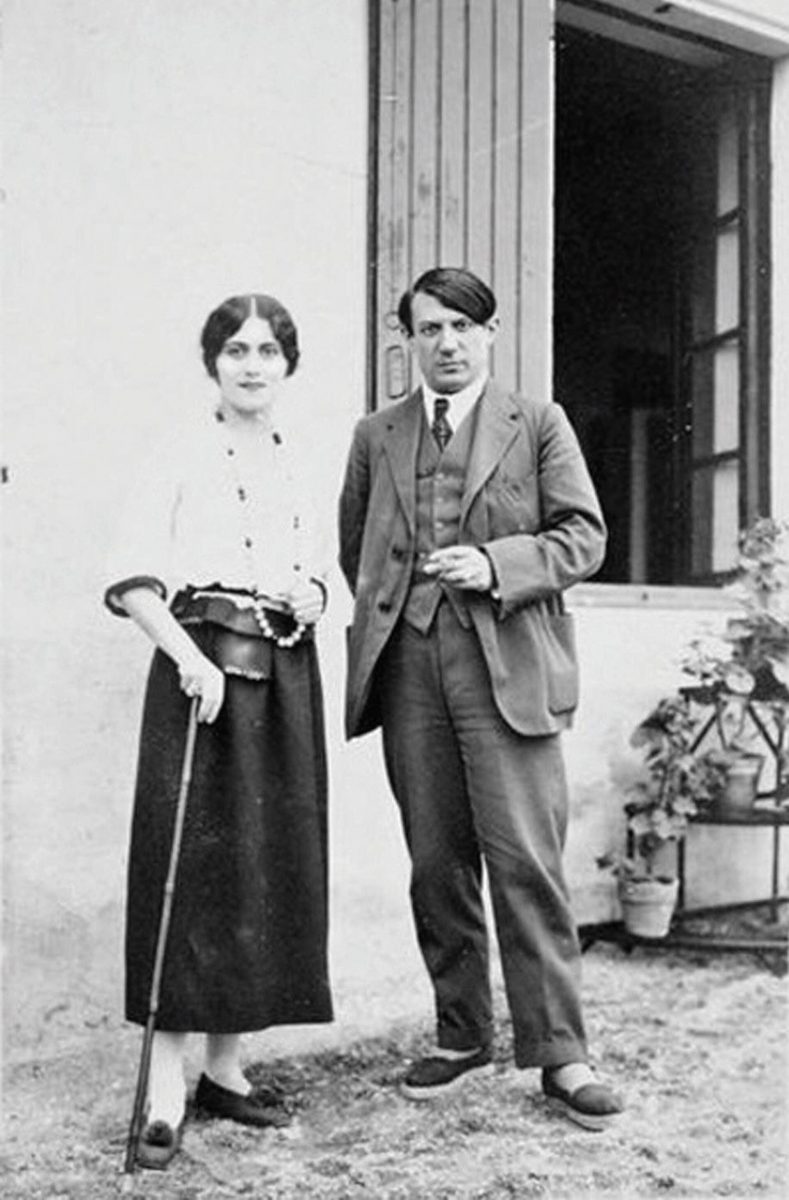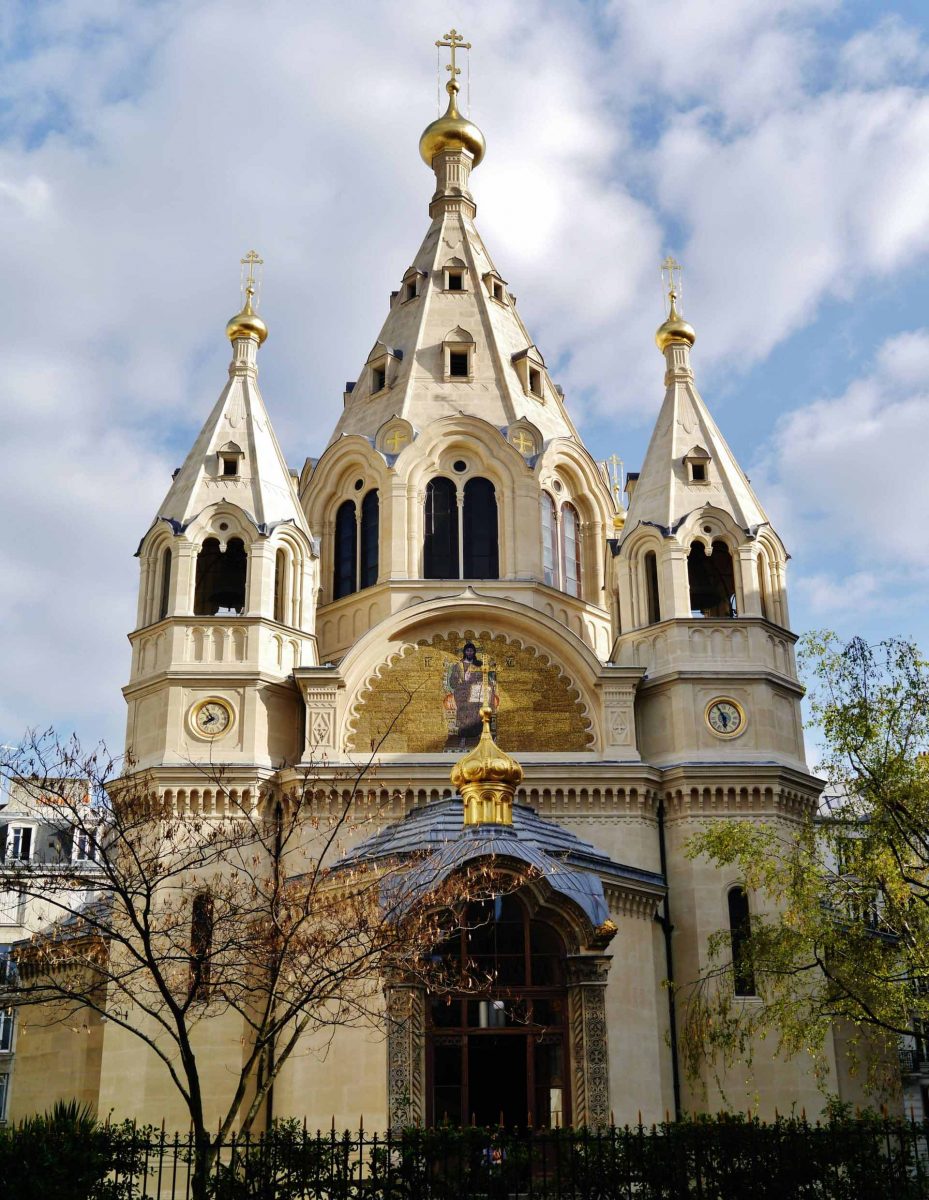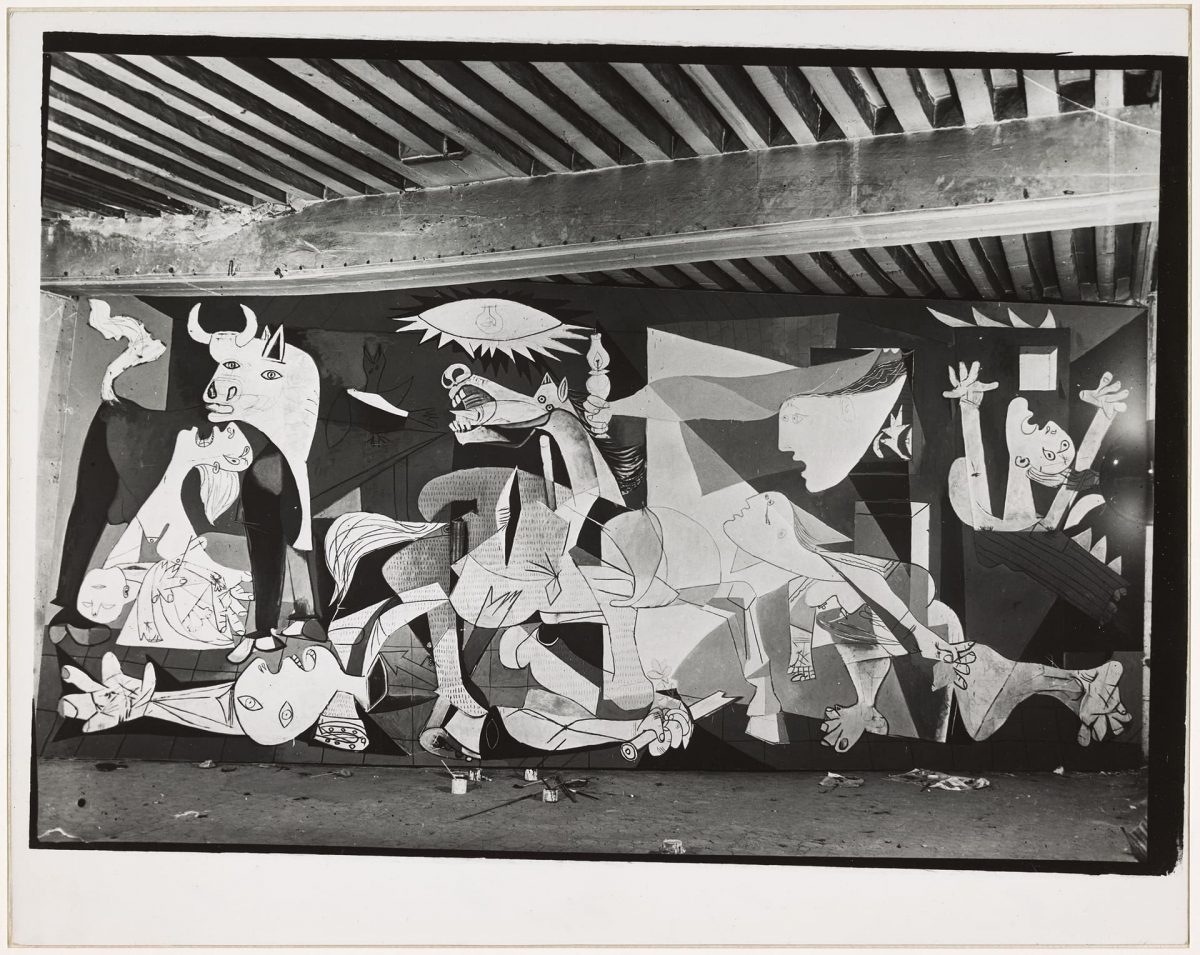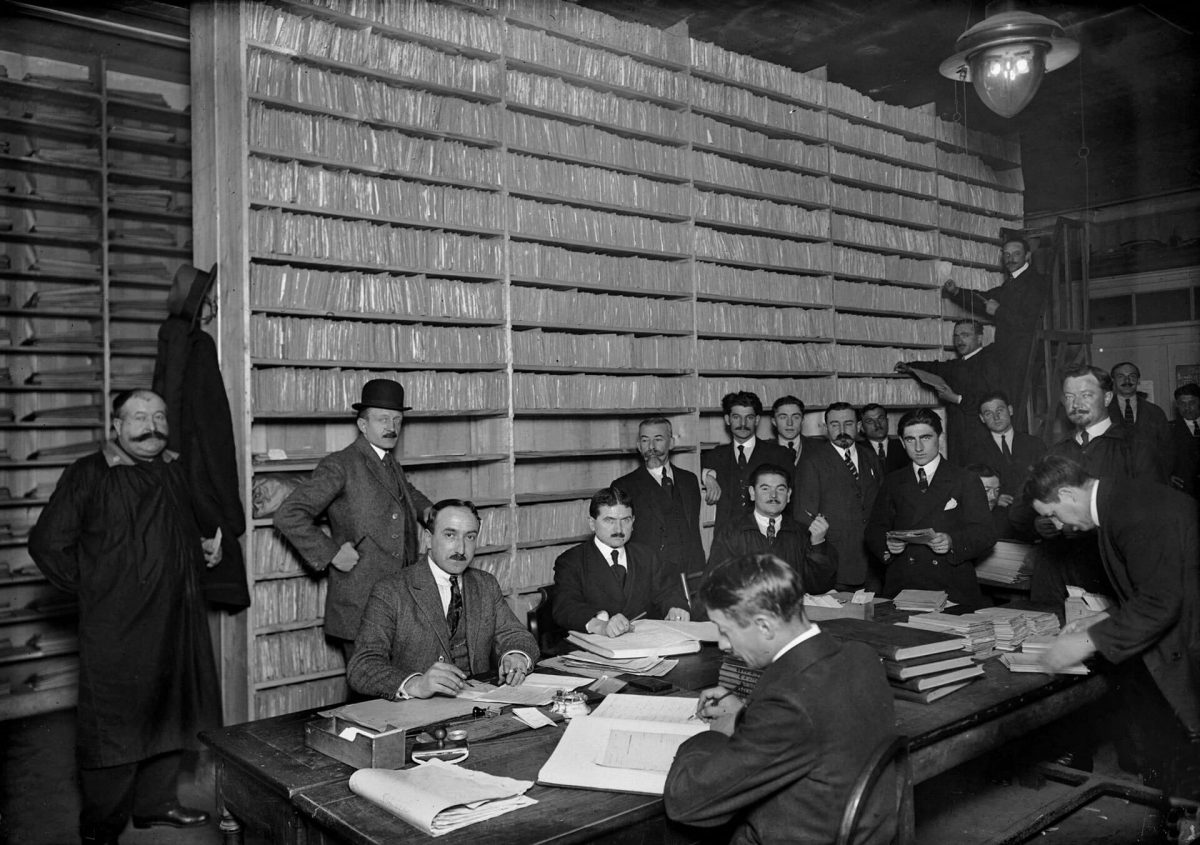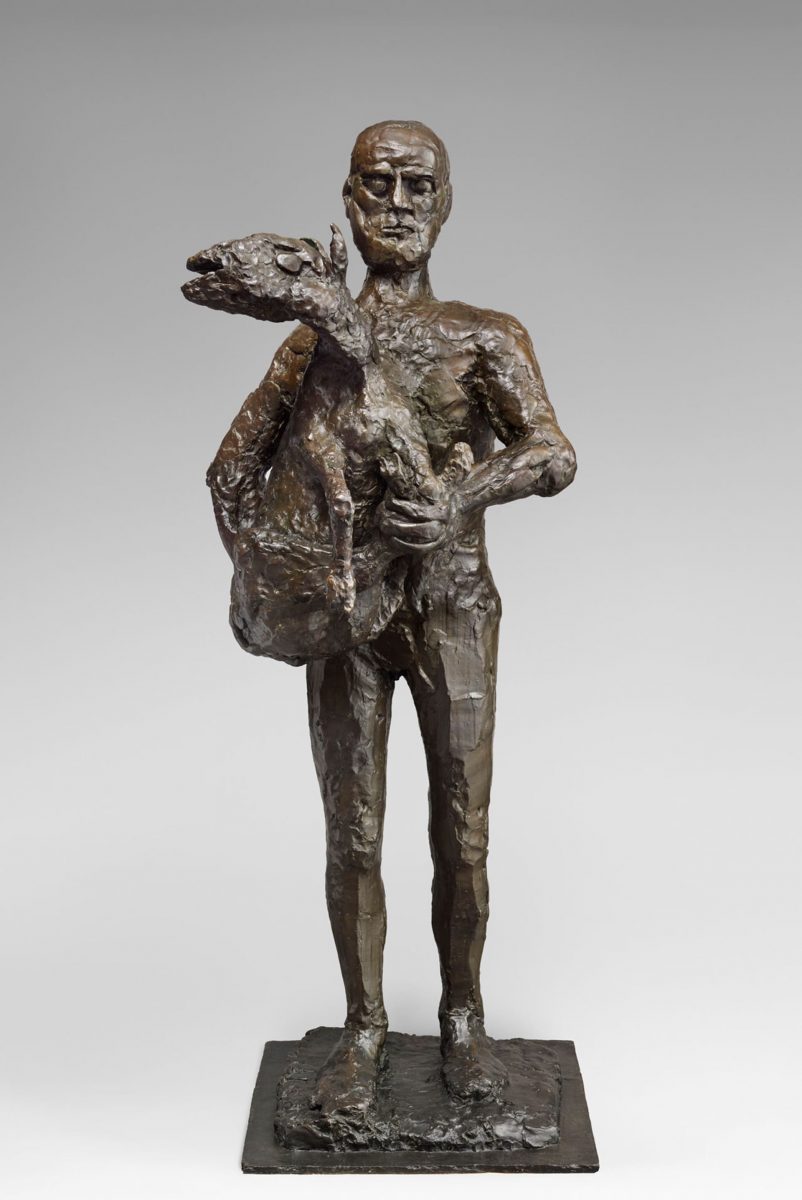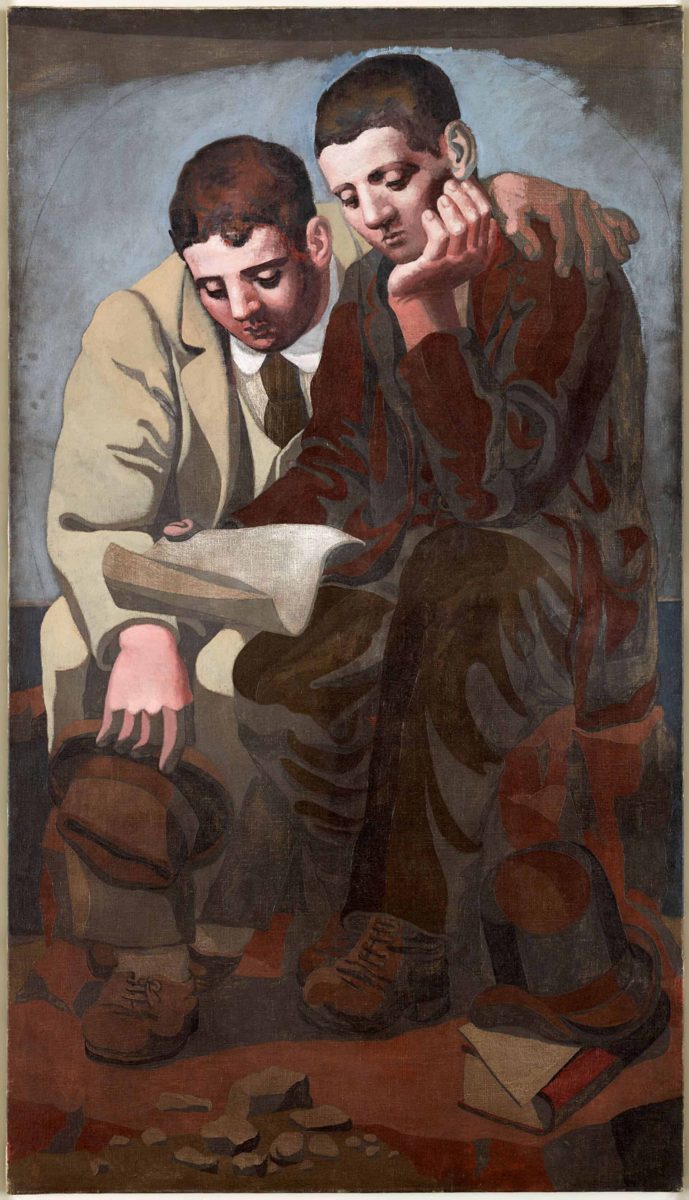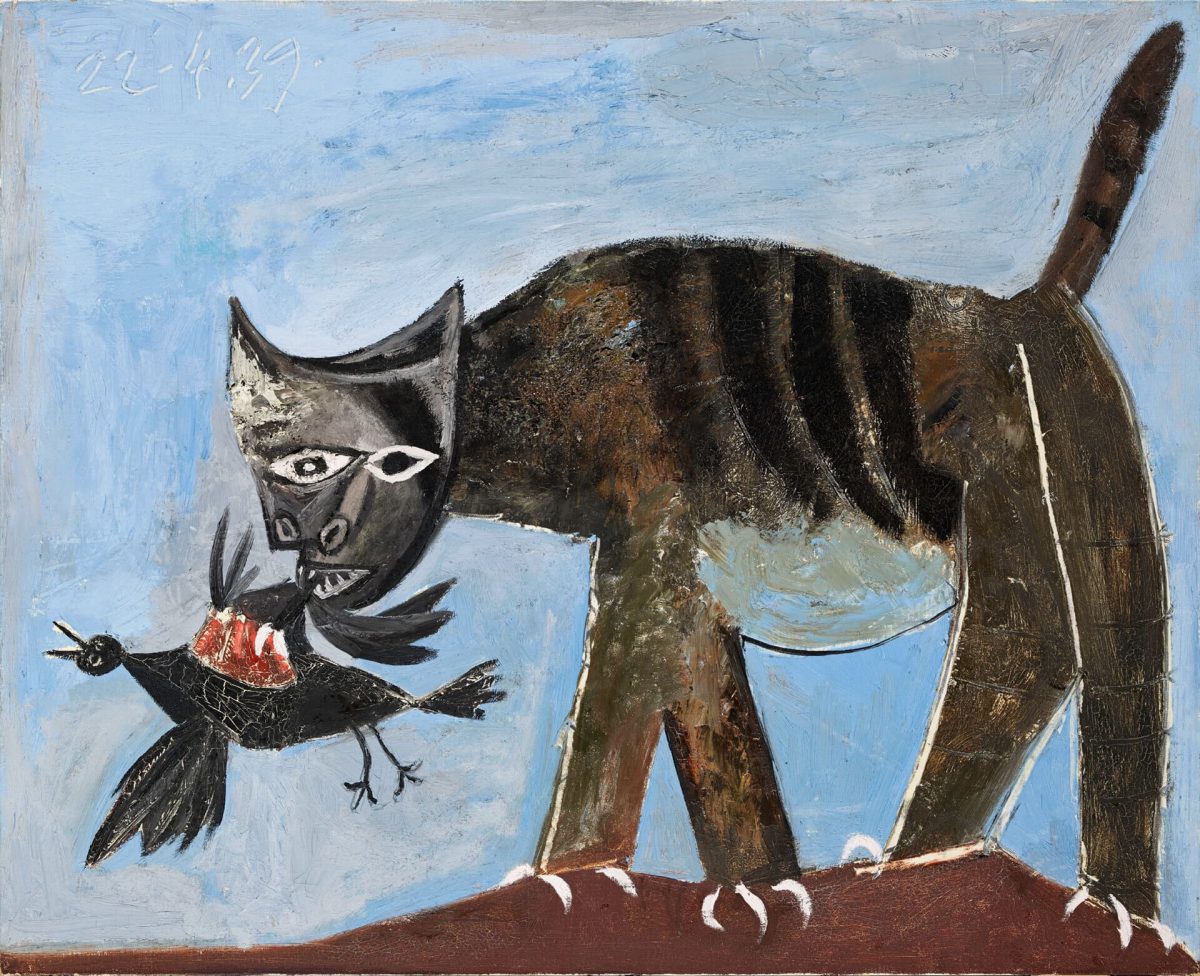Do not believe the Russian “Wikipedia”, which claims that Picasso was French since 1939. On the outskirts of the Bois de Vincennes, at the Museum of the History of Immigration, there is now an exhibition called Picasso the Foreigner. One of the impressive exhibits is a receipt card for receiving a request for French citizenship from the Spanish citizen Pablo Picasso, who has been living in Paris for 35 years. In a conspicuous place – the seal: “Without the right to work.” He submitted such petitions more than once, and in return he always received such receipts. The Republic considered him unreliable. Until the Second World War, the artist went on in strangers, and then fame struck, and he didn’t care. He was only interested in success and women. He also loved Paris, where he lived as a Spaniard for almost half a century.
Floating laundry
Bateau-Lavoir, 13 Place Emile Goudeau
In 1904, 23-year-old Pablo settled … in the “laundry”. Bato Lavoir, “laundry ship” – this was the name of the dilapidated five-story building in Montmartre, where artists and writers lived and worked in drafty rooms. The house stood on a slope, which made it seem one-story from the entrance: just like a barge where washerwomen do their laundry! There was no gas and electricity, and it was not a cheap pleasure to heat a potbelly stove. One faucet for all and a toilet with a broken latch completed the picture. Surrounded by future stars such as Modigliani, Braque, Apollinaire, Cocteau, he was drinking, writing, changing women and was truly happy for five whole years on this “ship”. There, Picasso paints his famous painting “The Girls of Avignon” (originally – “The Avignon Brothel”), which marked the beginning of cubism. This is unlike anything, everyone is in shock, someone will read the future of the cartoonist to Picasso, someone is waiting for him to hang himself, and his muse and model Fernanda Olivier wonders if Pablo is all right with his head. But two years later, Picasso can afford decent housing and, together with the same Fernanda, will leave the hostel.
In 1970, Bateau Lavoir, finally tired of life (by that time he had a beautiful nickname “Villa Medici of modern painting”) was destroyed by fire. A few years later it was restored – but already from concrete.
Winged girl on a winged horse
Cirque Medrano, 63 boulevard de Rochechouart (снесен в 1973 году)
Entertainment at the beginning of the last century was not as much as it is now, and artists loved to go to the circus. Picasso was no exception. Circus Medrano was considered one of the best and fit perfectly into the company of music halls, theaters and cabarets in Montmartre. Circus performers roamed the canvases of Toulouse-Lautrec, Degas, Renoir, Seurat. Picasso was inspired by harlequins, acrobats and riders. They ended up in 1917 on the curtain-decoration painted by him for the scandalous Diaghilev ballet Parade. The girl on the winged white horse looks like a ballerina Olga Khokhlova. Picasso met her when he was preparing his strange costumes for the performance – while he was creating, he did not notice how he fell in love.

“They marry Russians!”
Cathedrale Saint-Alexandre-Nevsky, 12 rue Daru
Built back in 1861, the Alexander Nevsky Cathedral in Paris became a kind of haven for whites fleeing the revolutionary fire. It is no wonder that Picasso was brought here in July 1918 by his beloved Olga, the daughter of a colonel in the tsarist army who left Russia forever. They did not come to admire Russian architecture, but to get married: Picasso took to heart Diaghilev’s words that Russian women should be married. In the art world, this was a whole event.
The cathedral is still standing. Not only Turgenev, Chaliapin, Kandinsky and Bunin were buried here, but also Tarkovsky and Okudzhava. And the marriage of those two cracked ten years later: Picasso cooled down, took a mistress, and Khokhlova pursued him and cursed for a long time, but he never gave her a divorce – half of his works would have gone to the former (each by that time cost, how much a representative of the average class earned in a year). But it was Olga who helped him part with the past and had a hand in creating the “Picasso empire”.
Cheerful anthill
La Rotonde, 105 boulevard du Montparnasse
With the beginning of the First World War, the bohemian brotherhood of Montmartre migrated to Montparnasse with its “Rotonde”. The owner of the cafe, Victor Libion, patronized the artists and allowed them to sit at a table with a cup of coffee for half a day. Sometimes, in payment, he agreed to accept a drawing, for example, from Modigliani. In the cafe, the creators made sketches, wrote poems, negotiated with resellers, sorted things out – in a word, they lived (and burned) life. Picasso, who lived nearby, liked this cheerful anthill. Matisse, Chagall, Cocteau, Apollinaire, Modigliani, Malevich, Kandinsky. Libion knew them all, but, alas, he died too early to realize whom he had sheltered.

Not an unknown masterpiece
7 rue des Grands-Augustins
It is no coincidence that in 1936, Picasso rented an atelier at number 7 on the street of the Great Augustins, where he lingered for twenty years: it was here that the hero of Balzac’s short story “The Unknown Masterpiece” lived. Massive wrought iron gates, paved courtyard, tall windows. The light-filled workshop under the roof was huge – this allowed Picasso to create the famous Guernica, measuring 3.5 by almost 8 m. In 1937, a few months before the Nazi bombing of the Basque city of Guernica, he received an order from the Spanish government for a painting for the World Exhibition in Paris. But at first there was no inspiration. But soon the Luftwaffe razed Guernica to the ground, and, according to the poet Rafael Alberti, “the news of the destruction of the city struck him like a blow from a bull’s horn.” Only his companion Dora Maar (she followed Marie-Therese Walter, who replaced Olga Khokhlova in her love post) was allowed to observe the creation of the masterpiece and take pictures. “Guernica”, by the way, did not immediately appeal to the public. After Paris, she settled in the United States for decades and only in 1981 reached Spain, where she spent several years behind bulletproof glass. It can now be seen at the Reina Sofia Art Center in Madrid.
Triumph with a bad taste
Le Louvre, Cour Сarree, rue de Rivoli
In October 1971, when Picasso turned 90, he became the first living artist whose canvases were exhibited at the Louvre. Picasso rejoiced – for 40 years he was denied citizenship, and in 1911 the French police even accused him of kidnapping the Mona Lisa! Then the famous painting by Leonardo da Vinci was carried away under the coat by an enterprising Italian, and Picasso had absolutely nothing to do with it. But before that, there was a story with the acquisition of Etruscan figurines stolen from the Louvre by the adventurer Geri Pierre, whose secretary was the poet Apollinaire. One of them was used by Picasso when he wrote his “Avignon Maidens”. When the Mona Lisa disappeared, Apollinaire and Picasso, in a panic, even wanted to throw the figurines into the Seine, but did not dare and simply returned them, becoming suspects in the abduction of the Mona Lisa. Three years later, the painting was found, the Italian was arrested. As they say, the picture was found, but the sediment remained.
Amazing mansion
Musee Pablo Picasso, 5 rue de Thorigny
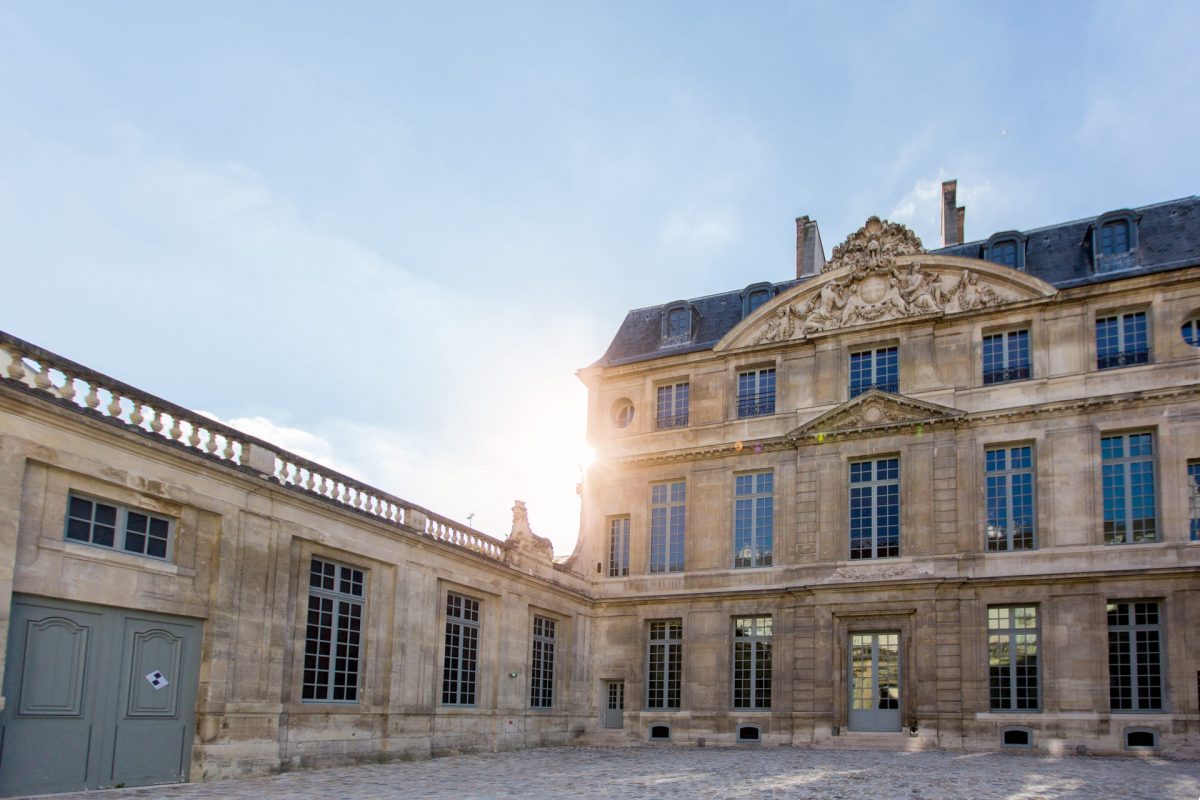
In the center of Paris stands the baroque Salais mansion, one of the most impressive mansions of the 17th century. In 1985, the Picasso Museum settled here, in the collection of which there are about five thousand sculptures and paintings by the master. The organizers of the museum are sure that Picasso, who once told Gertrude Stein that he dreams of an old house, would be pleased with the choice of a place for his museum. He forever remained a Spaniard who lived his life in France and it was thanks to the air of Paris that he became a world celebrity. Paris accepted it, but the French Republic did not. And we return again to the exhibition “Picasso the Foreigner” at the Museum of the History of Immigration, which is worth visiting until it closes on February 13, 2022.
Photo: ihmadrid.com, museepicassoparis.fr, Zairon_ru.wikipedia.org, wikipedia.org, André Gomes

